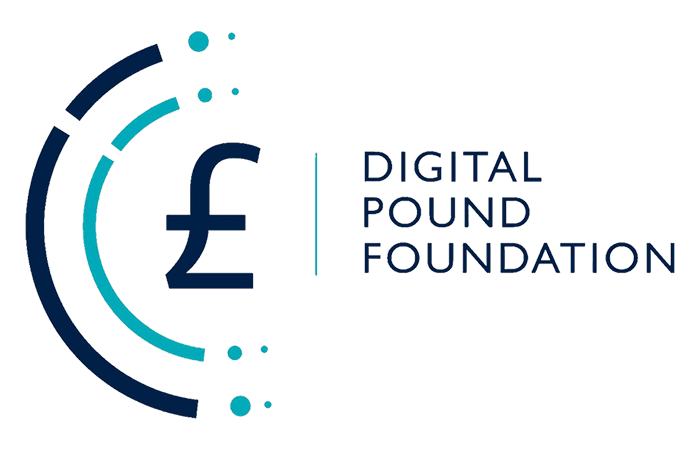Source: IFLR
Crypto-native stablecoins are the hotseat as the race for the future of money rages on
Rome was not built in a day and neither was the crypto-native stablecoin industry. Despite Bank of International Settlements (BIS) chief Augustin Carstens proclaiming the “battle has been won” for fiat, crypto-natives will not lay down their swords.
Speaking to Bloomberg on February 22, Carstens said that “only legal historical infrastructure behind central banks can give great credibility.” His comments came after he spoke at the Singapore Monetary Authority earlier that day, where he told conference participants that the events of the past 12 months have “cast serious doubts on the ability of stablecoins to function as money”.
Carstens added that stablecoins “do not” settle in central bank money, nor do they “benefit from regulatory requirements and protections” as traditional deposits do. Ultimately, “they [stablecoins] cannot guarantee the singleness of money”, he said.
The BIS chief’s statements came following the $42 billion collapse of algorithmic stablecoin terraUSD last May and the subsequent collapse of crypto lender Celsius, brokerage firm Voyager Digital and venture capital 3AC amid a host of other firms.
Just as bankruptcies ensued in the wake of terraUSD, competitor stablecoins depegged. While they were supposed to maintain their $1 parity, Circle’s USDC and Binance’s BUSD appreciated as investors fled to perceived haven assets, and Tether and MakerDAO’s DAI experienced their stablecoins falling below their $1 pegs.
Despite Carstens’ doomsaying, Dan Wyatt, partner at Reynolds Porter Chamberlain told IFLR: “The battle may have been won, but the constant innovation and evolution in what remains a very immature market means the war remains. Talk of the demise of crypto – whether stablecoins or otherwise – is premature.”
In February, the Bank of England unveiled plans to launch a retail central bank digital currency (CBDC). Expected to launch at the earliest in 2025 or 2026, the central bank has called upon both crypto-native and traditional finance-backed stablecoin issuers to help develop the bank’s infrastructure. Specifically, linking distributed ledger technology to the bank’s real-time gross settlement payment system.
“I doubt that private sector stablecoin issuers will be terribly worried. Ultimately the success or otherwise of stablecoins – and indeed the digital pound – will depend upon factors such as their use cases, the technology underpinning them, their risk profile, and their interoperability,” said Wyatt.
Although the crypto-native firms behind stablecoins like Tether, USDC, PAX and BUSD are being asked to help central banks build their CBDC infrastructure, their original purpose was to help settle crypto transactions on-chain. Benefits of on-chain transactions included timestamps which promote transparency and their immutability, meaning that they cannot be altered once registered on a public ledger.
Jannah Patchay, policy lead at industry body Digital Pound Foundation told IFLR: “Although we are now seeing increased issuance from the tradfi sector, the underlying innovation was introduced by the crypto world. I think it will continue to play a role in incentivising and spurring innovation and the evolution of money in the traditional financial space.”
Back in 2021, Peter Johnson, head of venture at Brevan Howard Digital noted that stablecoin settlement has already surpassed MasterCard and American Express. He predicted that come 2023, they would eclipse Visa, the world’s largest card network. Despite crypto-native stablecoins finding themselves in the regulatory crossfire, the value settled by stablecoins in 2022 was $7.4 trillion, with the top four stablecoins recording over $45 billion in daily trading volume, according to data from CoinGecko.
So compelling has the use-case been for stablecoins and their on-chain settlement mechanics that JP Morgan launched JPM Coin in 2019 on its Onyx platform to settle cross-border payments. Last October, the financial messaging system SWIFT unveiled its blueprint for interoperable cross-border payments and asset tokenisation.
However, Carstens’ worries are unwarranted. Besides the succession of depeggings and stablecoin collapses, the Libra debacle in 2019 still looms over the heads of central banks. At the time Libra, run by Facebook, proposed to build a “new global digital currency”. Designed to be pegged to a basket of fiat currencies, the 2.3 billion social media platform users would technically not ever need to hold fiat to spend again. Libra was an outright challenge to monetary sovereignty and fiat currencies.
“There is certainly some concern about this, which is no doubt one driver behind the consideration and development of CBDCs in many countries […] That said, it is certainly important for central banks to take these issues seriously and look to innovate – as is happening in the UK with the proposed digital pound – to ensure that they do not get left behind,” said Wyatt.
As crypto-native stablecoin issuers look to find their feet after Carstens’s statements, traditional finance stablecoin issuers are in a good spot. Consortiums like FNALITY, Digital FMI, and USDF are all backed by traditional financial firms. Void of any regulatory concerns such as deposit insurance, such firms may very well fill in the gap if crypto-native issuers are cast to the sidelines.
Brunello Rosa, head of research at Rosa & Roubini Associates, an adviser to traditional financial stablecoin Digital FMI, told IFLR: “The regulators have shown that a strong backing of non-crypto assets and a solid institutional setting is needed for the stability of valuations of this new form of money.”
He concluded: “Private sector initiatives such as DFMI can develop technical solutions, for example on platforms and their interoperability, that can be subsequently adopted by the public sector. Such experimental exercises can prove useful for the public sector.”
























































